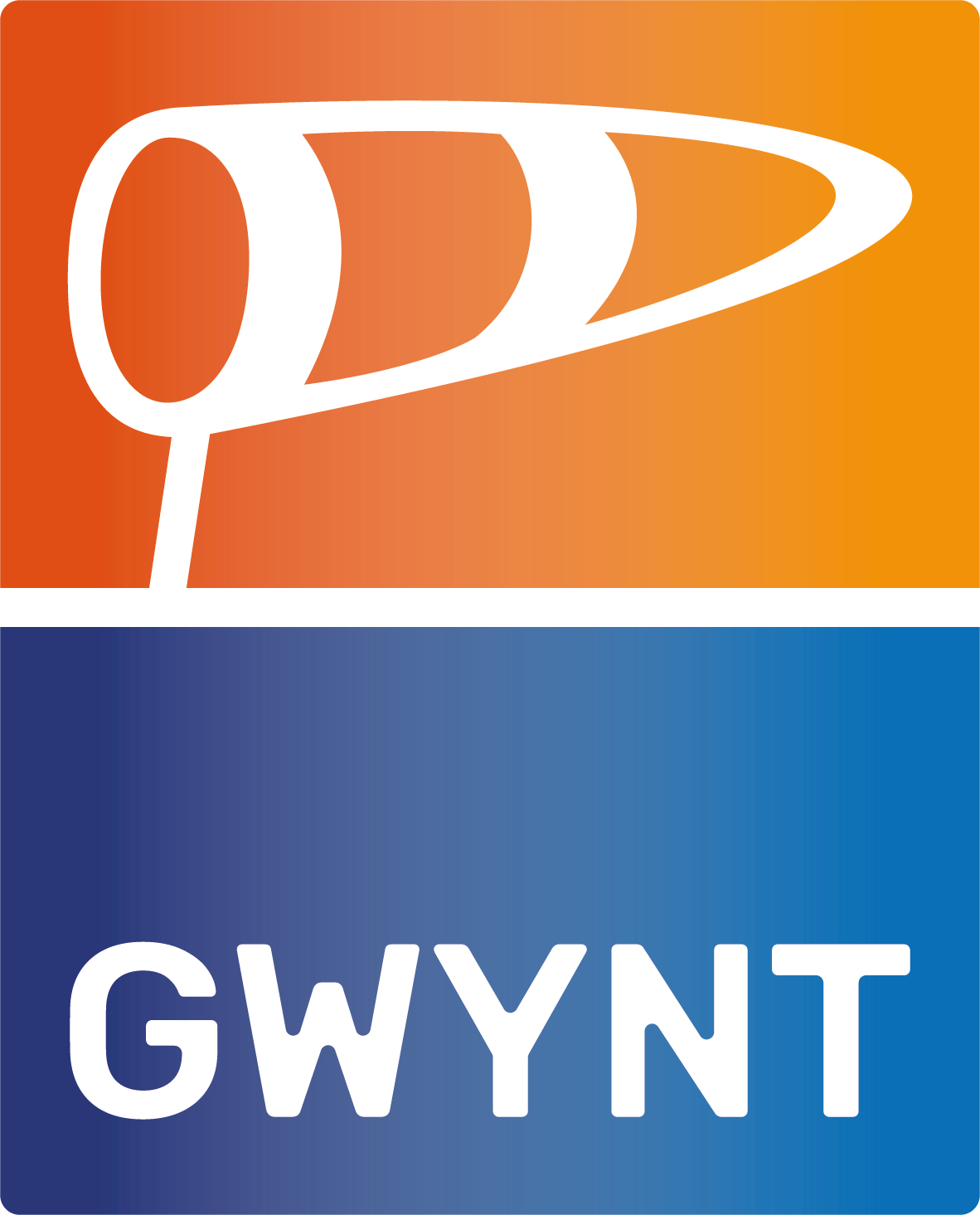15 August 2017
Summary of previous article: the core of professionalisation
Professionalisation is a container term which has no simple definition. Likewise, the term ‘professional management’ is unclear. Despite this, many owners of family companies believe professionalisation is about: establishing more structure, oversight and control; creating transparency for (new) employees; making better internal agreements; becoming more efficient; avoiding the need to reinvent the wheel; and organising administrative processes more efficiently. Our first article on this topic identified the four most important elements of professionalisation (see Figure 1).

Rationalising and formalising the business seems the most problematic for family companies because these elements can be the harbinger of bureaucracy and rigidity. That, of course, is the last thing the family wants for its company. However, in our experience, family companies have – from an emotional point of view – much more difficulty with delegation. Delegation is being able to let go. It is giving authority to employees, frequently external managers, within clear and agreed frameworks. It is allowing managers and employees to make decisions that may be different to the decisions the family would take. It is crucial, therefore, that the following is agreed in advance:
- the responsibilities of the manager or employee
- the freedom to carry out these responsibilities in his or her own style
- the freedom to make his or her own decisions
- the concrete objectives for the manager, employee and department
- the scope of the family’s intervention
In practice, this is difficult for several reasons, not only for the owners and executive managers of family companies but also for the employees:
- Family companies are often run on the basis of intuition; the vision and strategy of the company remain in the owner’s head rather than being developed and documented. The owner uses his or her ‘antennae’ to find out what’s going on in the company and to make decisions based on all the information gathered formally and informally. The question is whether the owner can and will share his or her fingerspitzengefühl (situational awareness) with the company’s managers so they can carry out their responsibilities and make decisions.
- To what extent do employees of family companies display entrepreneurship? Over the years, the employees have become proficient at fire-fighting, they are willing to step into the breach, and they can react swiftly to the (changing) ideas of the owners. They are valued for their commitment and allegiance. So it is not uncommon for family owners to equate loyalty and flexibility in their employees as entrepreneurship. But entrepreneurship is spotting opportunities. It is believing in yourself. It is persevering. Not all family companies appreciate these characteristics in their employees though. After all, they want to run the business themselves and draw the boundaries between the responsibilities of owners and employees.
The main difference between family businesses and (overly) structured formal companies is where entrepreneurship takes place. In family businesses, it is chiefly at the top of the organisation’s structure. That is to say with the family and not the employees. Conversely, formal companies attract ambitious, entrepreneurial employees who can, nevertheless, be hindered by the bureaucracy and politics of a corporate environment (see Figure 2). The challenge is to achieve the best of both worlds.

Practical steps in achieving the best of both worlds
When it comes to professionalising family companies and encouraging entrepreneurship among employees, Gwynt consultants have found it essential to lay a solid foundation first. One of the best ways to do this is to follow the lean philosophy. Lean was developed in the ’60s and `70s within Toyota by founder Sakichi Toyoda, his son Kiichiro Toyoda, his nephew Elji Toyoda and production manager Taiichi Ohno. Toyota, just a family company at that time, was forced to professionalise so that it could sell cars in America, whose brands demanded much higher quality. The basis of lean was and still is eliminating activities that do not add value and providing constant high quality. In other words, changing the culture from fire-fighting to continuous improvement. This requires employees at all levels of the business to develop ownership and entrepreneurship. The basic principles of lean and professionalisation are:
Principle 1: Using standards to improve
‘If there is no standard, how you can improve?’
In many family companies unwritten laws do exist, but there are few standards relating to, for example, operational and administrative processes and the budget cycle. Consider for a moment the football coach who has to build a successful team: as soon as the players know and agree to their positions on the pitch (their standards), the team will play much more effectively. A standard is simply the best way of working at that particular moment. Working to a standard means that individual interpretations are unaccepted and that all employees, from the highest to the lowest, work according to this standard. To make this possible, employees must know what the framework is and be made responsible for meeting the standard. They must also be given the authority to improve the standard where possible. The first practical steps in achieving a standard is:
- Determining which standards are necessary
- Bringing employees together to illuminate their own working methods and skills (how you do something and why you do it this way)
- Using the employees’ knowledge to establish and document the standard
- Training employees to the new standard
- Maintaining the standard; showing model conduct (by the Executive Board)
- Improving the standard on the basis of employees’ initiatives
The advantages of working with standards are not having to reinvent the wheel every time, creating transparency, enabling employees to point out compliance issues to each other and showing the organisation how it can improve. Moreover, a standard leads to the creation of ownership, and employees are challenged to continually improve that standard. Put simply, standardising processes gives scope to creativity and entrepreneurship.
Principle 2: Determine your position
‘If you don’t know your position, you can only react’
Everyone, from the boardroom to the shop floor, should know if they are behind or ahead of schedule at all times. They should also be proactive in identifying delays and considering which (corrective) action to take. In other words, they should be taking ownership instead of waiting (for the family) or pointing fingers at each other. Implementing this principle is far from simple though. In practice, it means that:
- executive directors must be able to translate their long-term vision and objectives into daily and annual concrete goals at all levels of the organisation
- employees must be told what those goals are and have the ability to see independently if they are behind or ahead of schedule
- managers must ‘do the rounds’ regularly to assist and coach employees in adopting the right attitude and the new working methods
- employees must learn to be proactive, to speak to each other and to take initiatives
In setting standards and daily, weekly, monthly and yearly goals, the company becomes predictable, employees become responsive, and the foundation for ongoing improvement and ownership is laid. However, the first and second principles can be achieved only by applying the third principle:
Principle 3: Effective teamwork
‘Sowing, watering and then harvesting demands rhythm and discipline’
Many family companies flourish on the basis of entrepreneurship. In other words, they recognise and seize opportunities, show flexibility and exhibit passion. These elements may appear to be at odds with the structure and discipline of professionalism. However, without the discipline and structured monitoring of the Executive Board, an organisation limits its development and professionalisation. Continuing the comparison with a football team: the creative striker can only score if the rest of the team is disciplined enough to advance the ball up the pitch. Perhaps the biggest challenge within family companies is getting the Executive Board to set a good example. If they are not disciplined and if they do not promote and reiterate the principles, who will? Certainly not the employees, who are used to and can tolerate the culture of fire-fighting.
In conclusion
This article looks at the challenges of getting professionalism and entrepreneurship to go hand in hand. Perhaps the most significant point to take away is that standardising processes and creating transparency enables entrepreneurship to be embedded in the lower levels of the organisation. In addition, giving frameworks to employees leads to the creation of ownership. And ownership is a condition for entrepreneurship.

